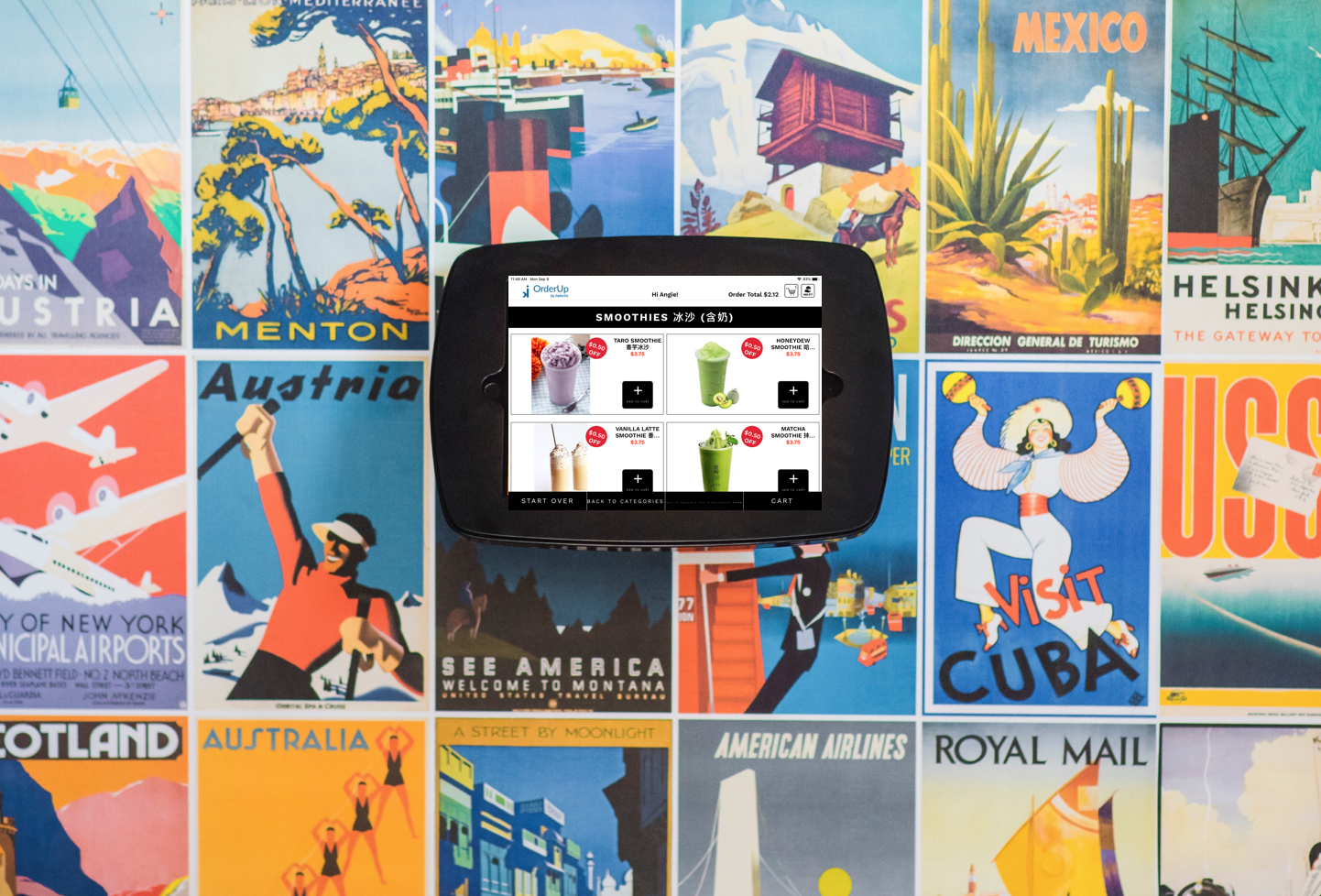
Like an ever-growing number of restaurant owners, you may have decided that the many benefits of self-service kiosks — including higher ticket sizes, reduced wait times, and improved efficiencies — would make them a good choice for your business. If you’re ready to take the next step and start shopping for your solution, here are some things to keep in mind.
- Spatial Ergonomics
As they say in real estate, it’s all about location, location, location. Every square foot of your restaurant needs to be optimized for maximum efficiency and workflow, so you’ll need to give some careful thought to where your kiosks should be placed. Self-service kiosks are meant to enhance the customer experience by moving diners through your lines more quickly and with shorter wait times; but consider where they will wait for their meals, and how the kiosks should be incorporated into your floor plan for best traffic flow. You’ll also need room for more than just the ordering screen; there will likely be peripherals for payment processing and receipt printing.
- Durable and Highly Responsive Touchscreen Technology
Users will already be familiar with the projected capacitive touchscreens on their smartphones and personal tablets, so they should be comfortable ordering from a tablet-based kiosk. Projected capacitive touchscreens generally tend to be durable and have a relatively long life because there are no moving parts to wear out. The screens require only light touches to operate (and some can even be used with gloved fingers, depending on how sensitivity is adjusted), so customers won’t need to bang on them like manual typewriter keys. They also have good optical properties, enabling restaurant ordering screens that are easy to read and full of appealing graphic images.
- Point of Sale Integration
One of the most important features that restaurant owners want from self-service kiosks is easy integration with their point of sale (POS) software. The kiosks need to be able to communicate and share real-time information with several other POS functionalities. For example, with integration, kiosks can update your inventory levels as orders are placed, so that customers aren’t trying to order items that are out of stock (and if your inventory management system is good, it won’t let you run out of popular items). When the systems are connected, any menu or pricing changes are applied across the board, ensuring a consistent customer experience no matter which ordering option they use.
Integration with your POS System also allows kiosks to access customer information such as purchase histories, allowing them to make personalized upselling suggestions based on customer preferences. If the customer is a member of your loyalty rewards program, POS integration ensures that they can earn and redeem rewards when using the kiosks. Integration also enables the purchase and use of your branded gift cards at the kiosks. All of this sharing of POS data increases customer convenience and satisfaction.
When choosing the right self-service kiosk for your restaurant, you also need to look for a knowledgeable vendor. SalesVu’s OrderUp App creates self-service kiosk functionality on an iPad and fully integrates with our other POS solutions, all backed by 24/7 customer support. Contact us today to find out more about how our products can improve your business.

